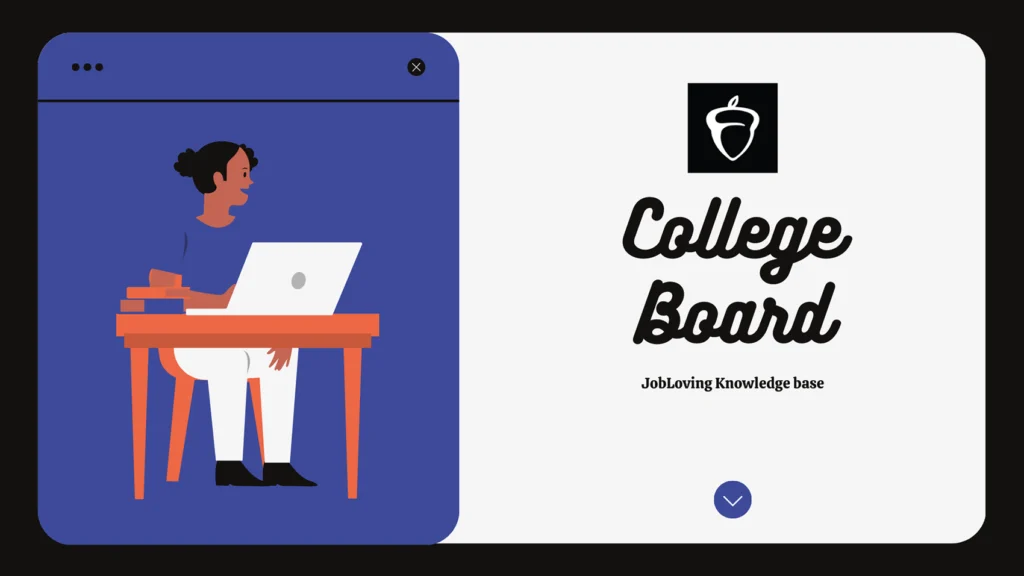Does College Board Critique Your Art Portfolio? (And Other Burning Questions)
Let’s be honest, applying to college is like navigating a minefield of deadlines, essays, and standardized tests. And if you’re an art student, you’ve got one more hurdle: the dreaded art portfolio. It’s like the artistic equivalent of a job interview, but instead of wearing a suit, you’re showcasing your soul through paint, charcoal, or pixels.
So, the big question is: Does the College Board actually critique your art portfolio? The short answer is… it’s complicated.
Think of the College Board as the middleman. They’re the ones who manage the AP Art and Design program, which means they set the guidelines and provide the platform for you to submit your portfolio. But when it comes to actually grading your art, it’s a whole different story.
Here’s the deal: The College Board uses a team of qualified art professionals to assess your work. These folks are like those cool art critics you see in movies, except they’re more likely to be wearing comfy sweaters than fancy suits. They carefully examine each portfolio, looking for things like:
- Skill and technique: Can you hold a brush, use a pencil, or manipulate digital tools with a certain level of mastery?
- Creativity and originality: Are you bringing something unique to the table, or are you just regurgitating art history?
- Concept and theme: Does your portfolio have a cohesive message or direction?
- Process and development: Do you show a clear path of growth and exploration in your work?
But here’s where the “critique” part gets a little fuzzy. The College Board doesn’t provide detailed feedback like you might get from your art teacher. They’re more focused on assigning a score based on a pre-determined rubric. Think of it like a standardized test where you get a numerical grade, not a personalized essay detailing your strengths and weaknesses.
So, if the College Board isn’t going to tell you exactly what they think of your art, where does that leave you? You’re not completely in the dark.
Here’s what you need to know:
- Your portfolio is a visual statement: It’s your chance to show colleges what you’re capable of. Forget about trying to impress with fancy techniques or trendy styles. Focus on showcasing your unique artistic voice and passion.
- Honesty is key: Don’t try to fake your way through the process. The College Board can spot a fake from a mile away. Be true to yourself, your experiences, and your artistic journey.
- Your portfolio is a reflection of you: Think of it as a curated collection of your best work. Don’t just throw together random pieces. Choose pieces that represent your growth as an artist and demonstrate your dedication to your craft.
- Don’t be afraid to experiment: The AP Art and Design program encourages you to explore different mediums and styles. Don’t be afraid to push boundaries and challenge yourself.
And remember, the College Board is looking for more than just technical skill. They want to see that you’re a passionate and dedicated artist with a unique perspective. So, go out there, create something amazing, and let your art speak for itself!
So, does the College Board critique your art portfolio in the same way your art teacher does? Not really. But their evaluation process is designed to assess your artistic abilities and potential.
And while the College Board might not give you detailed feedback, your art portfolio is still a powerful tool for college admissions. It’s your chance to showcase your talent and passion to the world.
Need more help navigating the world of art portfolios? Check out the College Board’s website for detailed information on the AP Art and Design program. You can also connect with your art teacher, a guidance counselor, or any other trusted art professionals for advice and support.
Remember, your art journey is unique, and your portfolio should reflect that. So go out there, create something amazing, and let your art speak for itself!
And if you’re still feeling lost, don’t hesitate to reach out to the JobLoving community for more advice and support. We’re here to help you navigate the crazy world of college applications, art portfolios, and everything in between.

